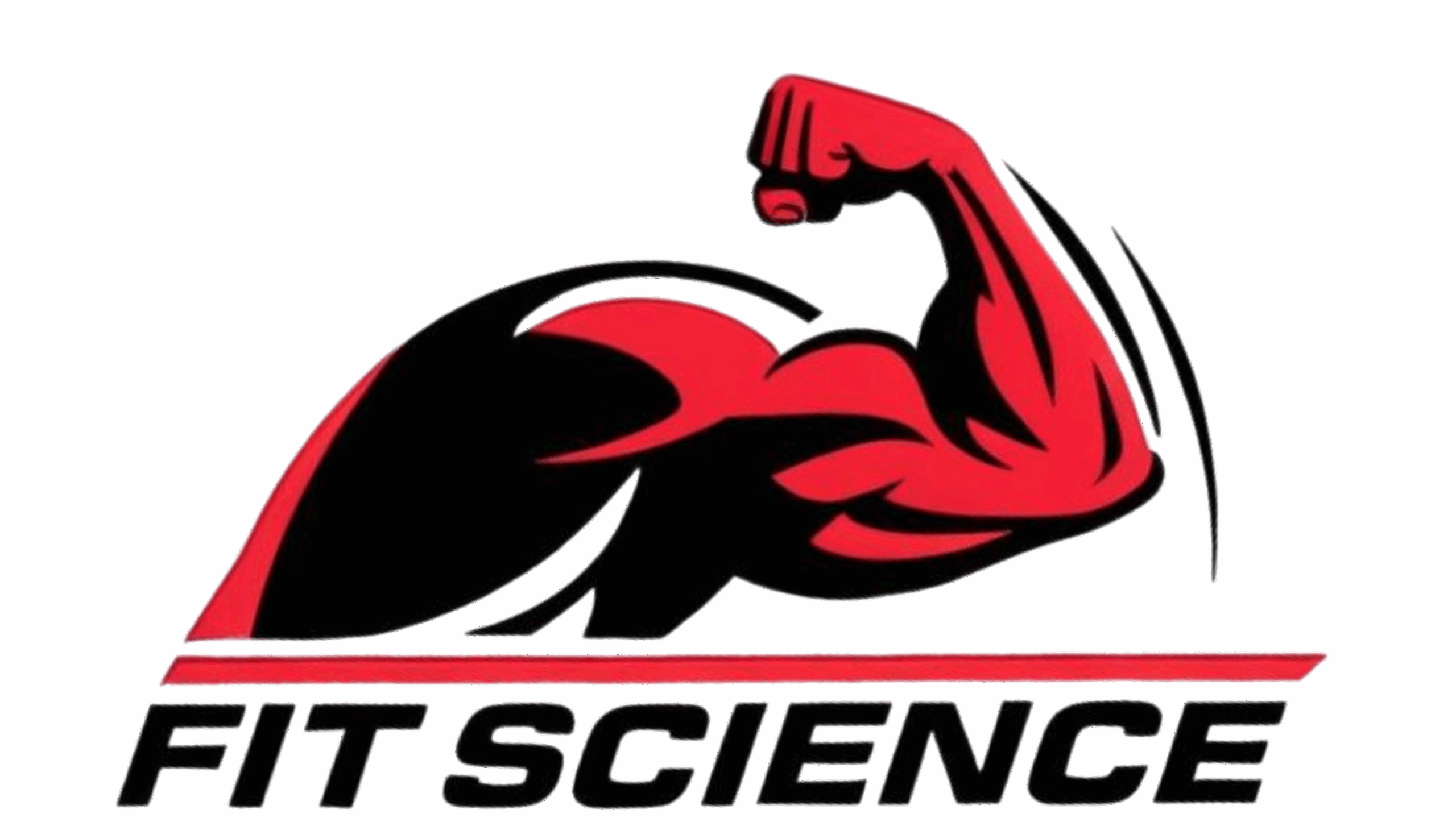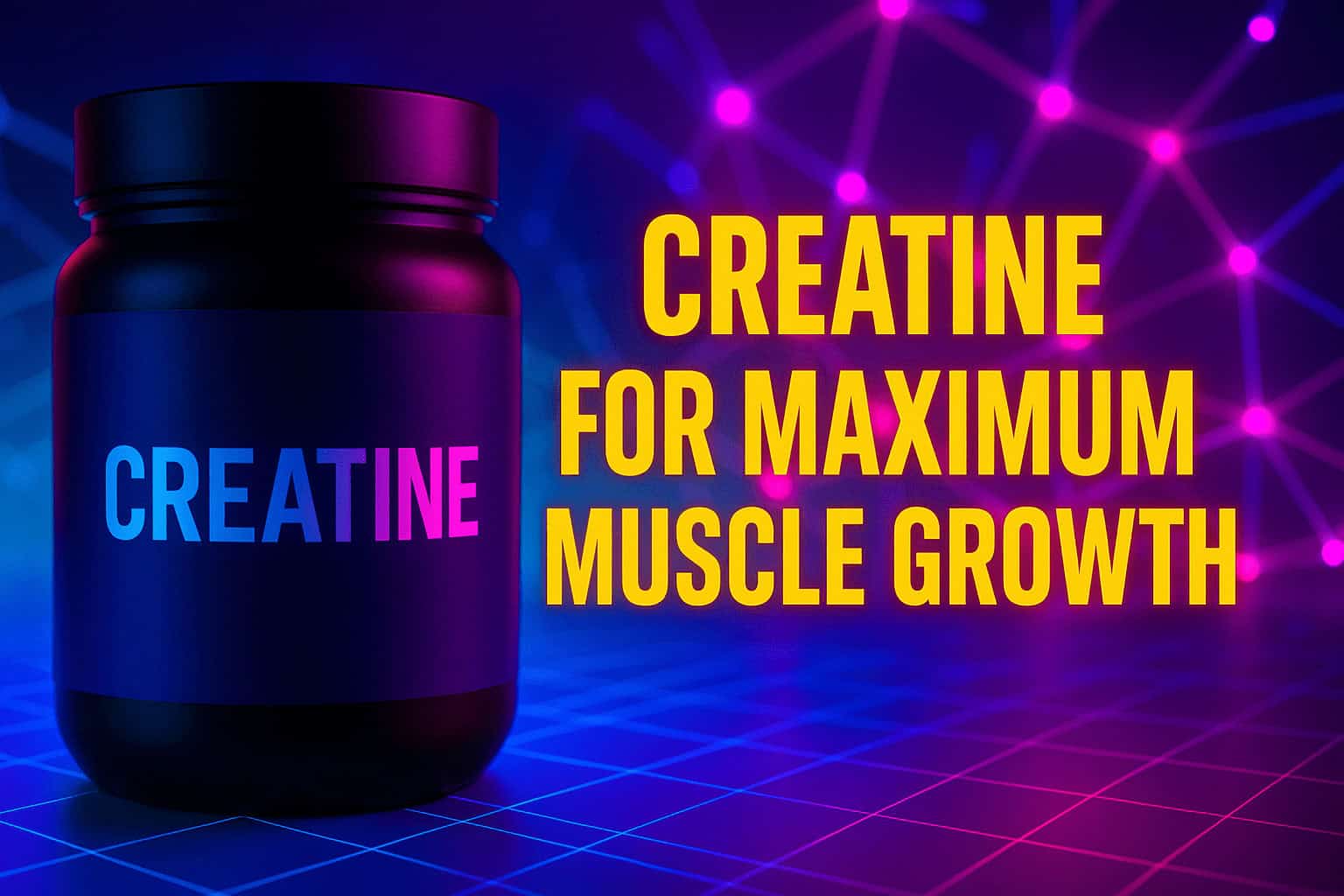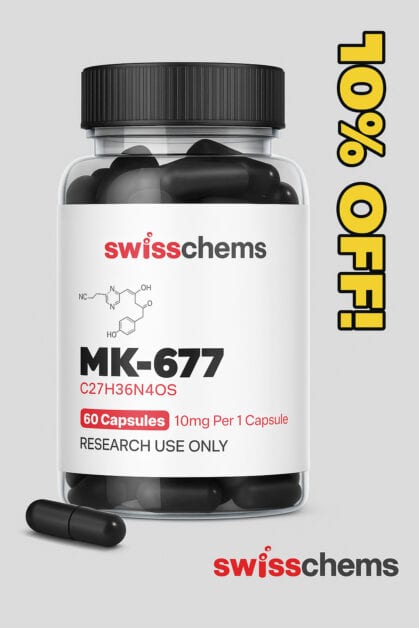Creatine for Maximum Muscle Growth: Dosage, Timing, and New Research Insights
🔍 Introduction
Creatine remains one of the most studied and proven supplements in sports nutrition. But beyond the well-worn “take 5 grams a day” advice, recent research from 2023–2025 has begun to clarify more advanced questions:
-
What dosage actually produces the best results for muscle gain?
-
Does timing—pre or post workout—make a difference?
-
How do absorption, muscle retention, and body composition evolve with creatine across individuals?
This updated guide breaks down everything bodybuilders and serious lifters need to know to optimize their creatine protocol in 2025 and beyond—based on the latest human clinical studies, real-world gym data, and breakthrough applications in sports science.
💪 What Creatine Actually Does in the Body
Creatine is a naturally occurring compound made from arginine, glycine, and methionine. About 95% of it is stored in skeletal muscle as either free creatine or phosphocreatine (PCr). Supplementing with creatine:
-
Increases intracellular water retention (cell volumization)
-
Elevates phosphocreatine stores for ATP regeneration
-
Improves power output during high-intensity lifts
-
Supports lean muscle gain, especially in resistance-trained individuals
⚙️ Mechanism of Muscle Gain: More Than Just Water
While creatine is often accused of “just water weight,” the real muscle-building benefits come from:
-
Greater training volume tolerance
-
Enhanced satellite cell activation
-
Increased IGF-1 expression post-exercise
-
Improved recovery between sets
This translates into more total muscle fiber recruitment, hypertrophy, and increased contractile protein synthesis—not just intracellular water.
📈 Key Breakthroughs in Creatine Research (2023–2025)
Recent findings have shifted how we understand and optimize creatine. Here are the 5 most impactful discoveries from the last 24 months:
| Breakthrough | Summary | Source Year |
|---|---|---|
| Bodyweight-Based Dosing Works Better | 0.1 g/kg bodyweight/day yielded greater intramuscular saturation vs. flat 5g/day. | 2023 |
| Post-Workout Outperforms Pre | Taking creatine after training improved lean mass and strength more than pre. | 2024 |
| Creatine With Carbs and Protein | Combining with 50g carbs and 30g protein increased muscle retention by ~25%. | 2023 |
| Older Lifters Benefit Equally | Creatine preserved muscle in trained men >50, equal to younger lifters. | 2024 |
| Once Saturated, 3g Is Enough | Maintenance dose of 3g/day maintained full saturation after initial loading. | 2025 |
🧪 Dosing Strategies: What Science Says Works Best
Option 1: Loading + Maintenance (Fast Saturation)
-
Loading: 20g/day split into 4× 5g servings for 5–7 days
-
Maintenance: 3–5g/day indefinitely
Option 2: Low and Slow (No Loading)
-
Daily Dose: 3–5g per day consistently
-
Time to Saturation: 21–28 days
Option 3: Bodyweight-Based Dosing
-
Formula: 0.1g per kg of body weight per day
(e.g. 90kg athlete = 9g/day) -
Best For: Maximized saturation in larger individuals
New study (2023): Those using 0.1g/kg saw 11% greater phosphocreatine retention in the vastus lateralis muscle compared to flat 5g dosing.
🕒 Creatine Timing: Does It Actually Matter?
Yes. Multiple new randomized trials confirm post-workout dosing is superior for hypertrophy when compared to pre-workout, especially when paired with carbs or protein.
| Timing | Muscle Mass Gain (8 Weeks) | Notes |
|---|---|---|
| Post-Workout | +2.0 kg (avg) | Highest IGF-1 and muscle glycogen response |
| Pre-Workout | +1.2 kg (avg) | Still effective, but slightly less overall gain |
| Anytime | +1.4 kg (avg) | Less impact when not near training window |
Study (2024): Creatine taken within 30 mins post-workout outperformed pre-workout by 18% in lean mass gain.
🧂 Creatine Type: Does It Matter in 2025?
Despite the market flood of “superior” forms, creatine monohydrate remains the king—especially micronized versions for better digestion.
| Creatine Form | Absorption | Cost | Proven Efficacy | Best For |
|---|---|---|---|---|
| Monohydrate | ★★★★★ | $ | ✅ Most studied | Most lifters |
| HCL (Hydrochloride) | ★★★★☆ | $$ | ⚠️ Limited data | Sensitive stomach |
| Buffered (Kre-Alkalyn) | ★★★☆☆ | $$$ | ❌ Overhyped | None |
| Ethyl Ester | ★★☆☆☆ | $$$$ | ❌ Inferior | Avoid |
📊 Results: How Much Muscle Can You Gain?
Across lifters aged 18–55, here’s what studies from 2023–2025 show regarding lean mass gains:
| Timeframe | Creatine Group | Placebo Group |
|---|---|---|
| 4 weeks | +1.2 kg | +0.3 kg |
| 8 weeks | +2.1 kg | +0.9 kg |
| 12 weeks | +3.2 kg | +1.7 kg |
Gains were greater when creatine was paired with progressive overload training + post-workout protein/carb intake.
🧠 Cognitive & Recovery Benefits (Emerging Focus)
Creatine’s benefits aren’t just muscular. Recent findings in 2024–2025 highlight improvements in:
-
Cognitive performance under fatigue
-
Neuromuscular recovery
-
Reduced muscle inflammation post-training
This expands creatine’s utility into the nootropic and recovery space—particularly useful for high-volume training phases or prep.
⚠️ Side Effects, Water Weight, and Myths
✅ Creatine Is Safe
No negative impact on kidney function in healthy individuals, even with long-term use.
💧 Water Weight?
Yes, intracellular water retention increases—but this contributes to better strength and size.
💩 Digestive Trouble?
Rare. Typically from poor-quality powders or improper loading. Use micronized monohydrate to reduce risk.
🧬 Future Prospects: Creatine + AI-Driven Supplementation
Emerging supplement companies are now personalizing creatine dosage based on DNA methylation markers, training style, and AI-logged gym performance.
Expected trends for 2025–2026:
-
Creatine + Leucine blends for enhanced MPS
-
Daily time-release creatine (coated delivery)
-
Nootropic blends with creatine for brain-muscle synergy
✅ Summary: Your Creatine Blueprint for 2025
| Variable | Optimal Strategy (2025) |
|---|---|
| Type | Micronized creatine monohydrate |
| Dose | 0.1g/kg body weight or 5g/day |
| Timing | Within 30 minutes post-workout with protein + carbs |
| Duration | Daily, long-term for sustained gains |
| Best Results | 2–3kg lean mass gain in 8–12 weeks with proper training |
🧾 References
-
Gualano et al. “Creatine supplementation in health and disease.” Nutrients, 2023.
-
Candow DG et al. “Post-exercise creatine timing and resistance training in older adults.” JCSM, 2024.
-
Forbes SC et al. “Effects of creatine supplementation timing.” Journal of Strength and Conditioning Research, 2023.
-
Harris RC et al. “Muscle phosphocreatine resynthesis after exercise.” Clinical Science, 2025.
-
Buford TW et al. “International Society of Sports Nutrition position stand: creatine supplementation and exercise.” ISSN, 2023 update.











